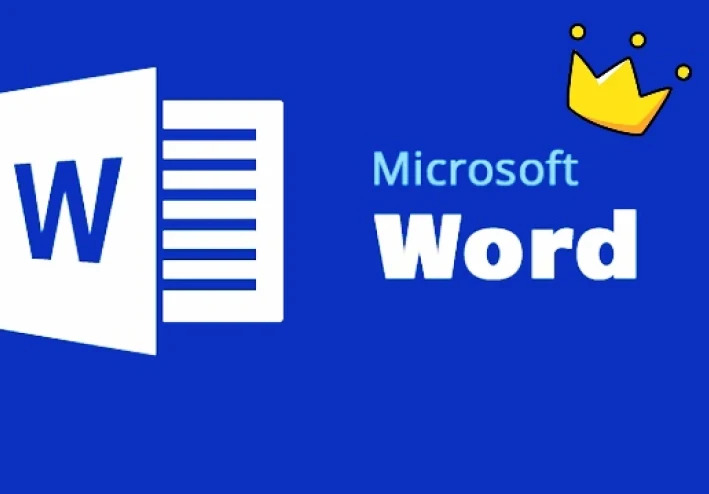
Basics of Programming Language With JavaScrip
Basics Of Programming Language With JavaScript
JavaScript is a popular programming language that is widely used for web development. It is a versatile language that can be used for a variety of tasks, from creating interactive web pages to building complex web applications. However, teaching JavaScript can be challenging, especially for beginners. In this article, we'll discuss some of the basics of teaching JavaScript, including the fundamental concepts, teaching strategies, and resources that can be used to help students learn the language.
The Fundamentals of JavaScript
:Before we dive into the teaching strategies, let's briefly go over some of the fundamental concepts of JavaScript. These include
Variables and data types: JavaScript uses variables to store data, and there are several data types that can be used, such as strings, numbers, and booleans.
Operators: JavaScript has several operators that can be used to manipulate data, including arithmetic operators, comparison operators, and logical operators.
Control structures: Control structures are used to control the flow of a program. JavaScript includes structures like if/else statements, loops, and switch statements.
Functions: Functions are blocks of code that can be reused throughout a program. JavaScript has built-in functions and allows for the creation of custom functions.
Objects: Objects are collections of key-value pairs that can be used to represent complex data structures.
- Teaching Strategies for JavaScript
Now that we have a basic understanding of the fundamental concepts of JavaScript, let's discuss some teaching strategies that can be used to help students learn the language.
Start with the basics: When teaching JavaScript, it's important to start with the basics. This includes variables, data types, operators, and control structures. These concepts are the building blocks of the language and will help students understand more complex concepts as they progress.
Use interactive examples: One of the best ways to teach JavaScript is by using interactive examples. This could include using the developer console in the browser, or creating small programs that the students can run and modify themselves. This approach can help students to better understand how JavaScript works and how changes to the code affect the output.
Teach by doing: Another effective teaching strategy is to encourage students to write code early and often. Assign simple tasks and exercises that get progressively more complex as students gain more experience. This will help them to develop their skills and build confidence in their abilities.
Emphasize good coding practices: Emphasize the importance of good coding practices such as code readability, commenting, and error handling. These practices will help students write better code and make it easier for others to understand and maintain their code.
Use real-world examples: To show how JavaScript can be used in practical applications, use real-world examples. For example, you could show how JavaScript is used to build interactive websites or web applications. This approach can help to make the content more engaging and relevant to the students.
Provide resources: Provide students with resources such as documentation, tutorials, and online forums where they can learn more about JavaScript. Encourage them to explore on their own and find answers to their questions. This approach can help students to become more self-sufficient and independent learners.
Give feedback: Give students feedback on their code and encourage them to refactor and improve their code. This will help them develop good coding habits and improve their skills. This approach can also help to build a collaborative learning environment where students can learn from each other's feedback.
Keep it fun: Finally, it's important to keep the learning experience fun and engaging. Use humor, games, and challenges to make learning JavaScript an enjoyable experience for your students. This approach can help to keep students motivated and interested in learning more about the language.
.Resources for Teaching JavaScript
:There are many resources available for teaching JavaScript. Here are a few that you might find helpful
Codecademy: Codecademy is an online learning platform that offers courses on a variety of programming languages, including JavaScript. Their courses are interactive and provide hands-on coding experience.
Mozilla Developer Network: The Mozilla Developer Network (MDN) is a great resource for learning about JavaScript. It includes comprehensive documentation, tutorials, and examples.
W3Schools: W3Schools is another great resource for learning about JavaScript. It includes tutorials, examples, and quizzes to help students test their knowledge.
Stack Overflow: Stack Overflow is a popular online community where programmers can ask and answer questions about programming. It's a great resource for students who are looking for help with specific problems or questions.
Conclusion
Teaching JavaScript can be challenging, but with the right approach, it can also be incredibly rewarding. By starting with the basics, using interactive examples, emphasizing good coding practices, and providing resources, you can help your students learn the language and develop the skills they need to become proficient programmers. Remember to keep the learning experience fun and engaging, and encourage your students to explore and experiment with !the language on their own. Good luckin your teaching journey


































